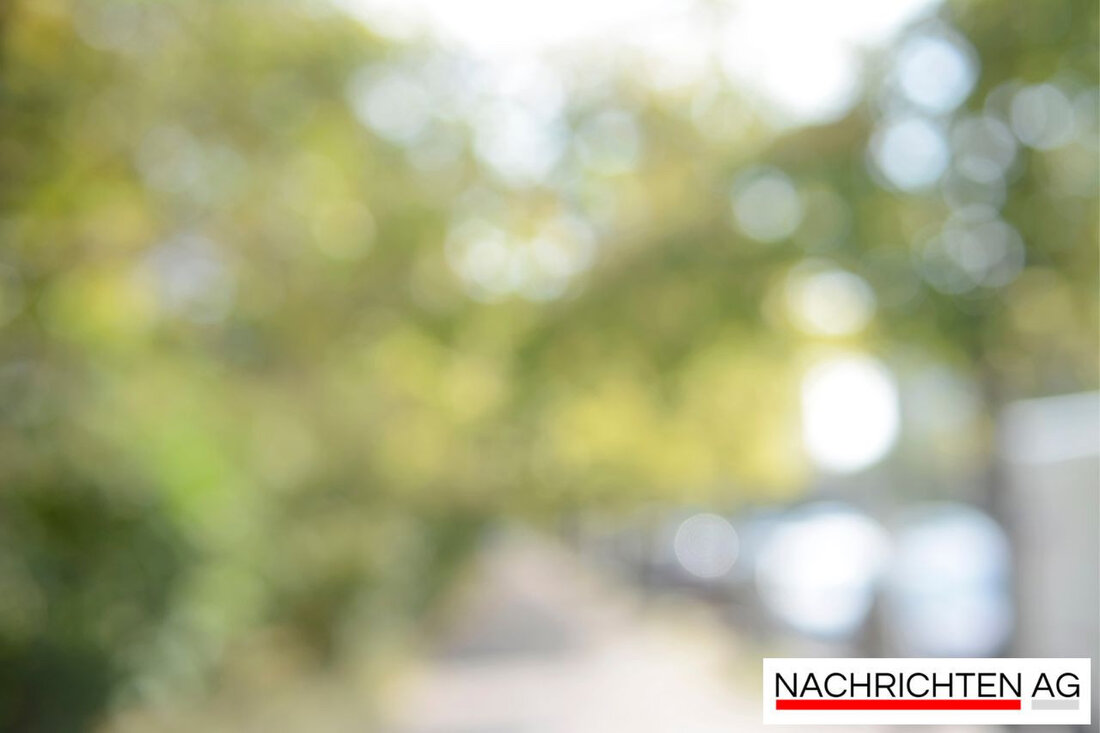Cell phone gap alarm: The worst cell phone gap in Germany is here!
Rhineland-Palatinate is struggling with serious dead spots. Discover the mobile communications challenges in the region.

Cell phone gap alarm: The worst cell phone gap in Germany is here!
In Germany, many rural communities are struggling with significant mobile communications problems. Particular attention is paid to the so-called dead spots, which at best allow the sending of SMS, but do not enable mobile Internet (4G or 5G). According to Merkur, these problems pose a serious security risk, especially in emergencies when mobile accessibility can be vital.
An analysis by Verivox, supported by data from the Federal Network Agency, has identified the most serious dead spots in Germany. This study is based on the results of mobile phone monitoring from January 2025 and takes into account the three major network operators: Deutsche Telekom, Vodafone and O2/ Telefonica. The fourth operator, 1&1, was not taken into account because it is currently setting up its network and uses national roaming with Vodafone.
The most serious dead spots
The most severe dead zone in Germany is in Waldhof-Falkenstein, a small community in Rhineland-Palatinate. Only 19 people live in this region in an area of three square kilometers, but an overwhelming 98% of this area has no mobile data coverage. Worse still, even the 2G network is unavailable in 30% of the area, meaning emergency calls and text messages are impossible.
The dead zone in Keppeshausen, also in the Eifel district of Bitburg-Prüm, follows in second place with a dead zone density of 91%. Other places also struggle with poor reception conditions, including Übereisenbach with 77% and Bobenthal with 74% dead spot density. The detailed view of the highest dead zone densities in Germany is:
| Location | Dead spot density |
|---|---|
| Waldhof Falkenstein | 98% |
| Keppeshausen | 91% |
| Übereisenbach | 77% |
| Bobenthal | 74% |
| Öhningen | 58% |
| Schönau am Königssee | 57% |
| Auen | 56% |
| Nothweiler | 55% |
Obstacles to mobile phone expansion
Telecommunications expert Jörg Schamberg says that providers often attribute poor reception to topographical hurdles and lengthy approval procedures. In Germany, the nationwide coverage of 4G by at least one provider is around 97.5%, while 5G covers more than 93.8% of the area. However, 14% of the federal area are so-called “gray areas” where there is at least one provider with 4G or 5G, while 2.1% are classified as “white areas” where there is no 4G or 5G coverage.
The [Bundesnetzagentur](https://www.bundesnetzagentur.de/DE/Vportal/TK/Internet Telefon/Mobilfunkbedarf/start.html) offers an interactive mobile phone map that shows the current status of mobile phone coverage in Germany. Citizens can also detect dead spots using broadband measurement or the dead spot app. This data helps to check the information provided by mobile network operators and to direct questions about the planning and operation of mobile networks directly to those responsible.
The Broadband Atlas is a central information medium that is regularly updated and available free of charge to ensure a better overview of current broadband coverage.

 Suche
Suche
 Mein Konto
Mein Konto